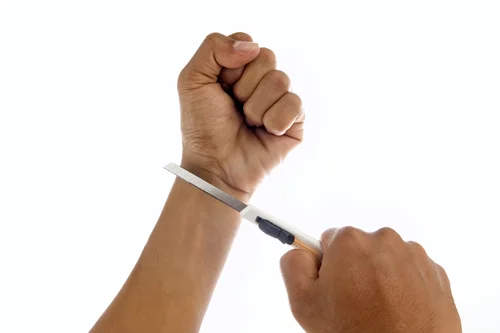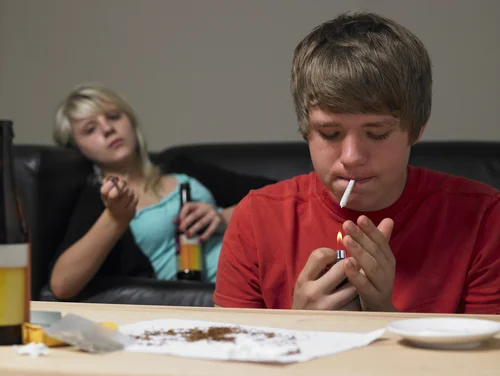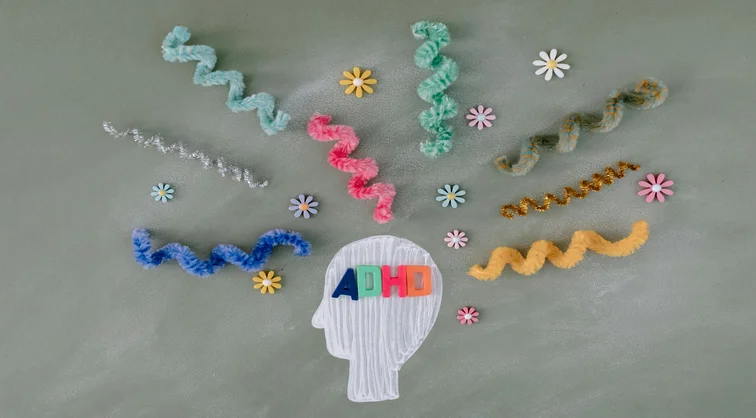+1 845 259 2974 (11 a.m to 7 p.m CST)
Teens Turning to Hand Sanitizers to Get Drunk

Making safe and sensible choices is not the strong trait of teens. Taking on the attitude that they’re invincible, they routinely put their health on the line for nothing more than temporary pleasure. Drinking hand sanitizers is the latest bad decision that seems to be growing more common among kids. Being heavy on alcohol, all it takes it a few squirts of hand sanitizer for them to enjoy the same effects as that of hard liquor. However, hospitals across the US are treating young patients with alcohol poisoning. With this risky behavior growing into a fad, parents find themselves facing yet another challenge situation.
A nation-wide threat
It seemed rather unlikely to be worrying about a hand sanitizer when addressing teen drug abuse. Unfortunately, it has become a problem and that too a big one. There have been over 2,600 cases of alcohol poisoning from hand sanitizers in California alone. Hospitals in other areas have also reported dealing with similar cases.
Getting high on hand sanitizers
So why have teens become so fond of hand sanitizers all of a sudden? In not the hand sanitizers what they’re after, but what’s inside them. Containing 62-65 percent ethyl alcohol (ethanol) as a main ingredient, it offers the effects as beer or wine. Intriguingly, the strength of alcohol in hand sanitizers is stronger than that of vodka by 40-proof.
Online instructional videos and gossips have enabled teens to learn how to distill alcohol in sanitizers for consumption. However, ingesting the product in its raw form is not rare either. Unlike alcoholic beverages, teens aren’t prohibited to purchase hand sanitizers, thus getting an easy access to alcohol.
Effects of hand sanitizer abuse
For teens, ingesting hand sanitizer or consuming the alcohol distilled from it may be nothing more than fun and fashionable. However, little do they realize the risk that’s involved. It can lead to anything from slurred speech and unresponsiveness to a state of coma, depending on the frequency and amount of abuse. Continuing the abuse can possibly lead to kidney, liver and brain damage. These effects are similar to that of alcohol abuse.
Need for vigilance
The potency of the risk involved in teens abusing hand sanitizers make it imperative for parents to take caution. They need to treat it as they treat any other medicine at home. This includes keeping them out of the reach and sight of their teens. Furthermore, they should keep a check on at the rate at which it’s being used up. Using a foam hand sanitizer instead of a liquid one can reduce, though not eliminate, the threat of its abuse significantly.
While the most natural and probably sensible thing to do is warn teens about the dangers of adopting this risky behavior, chances they they’ll ignore them. Therefore, parents should be extra vigilant and proactively deal with the threat of hand sanitizer abuse.





















